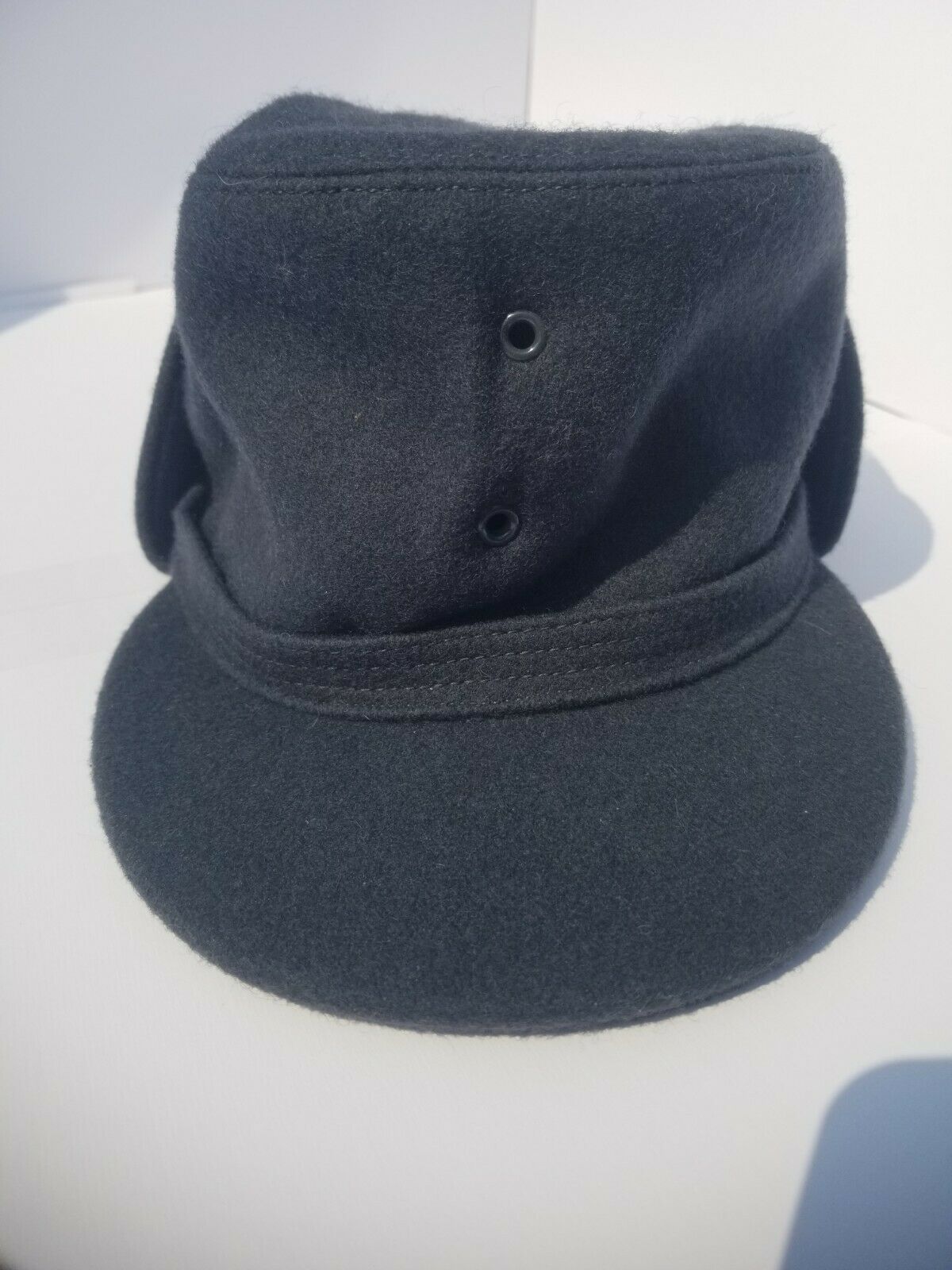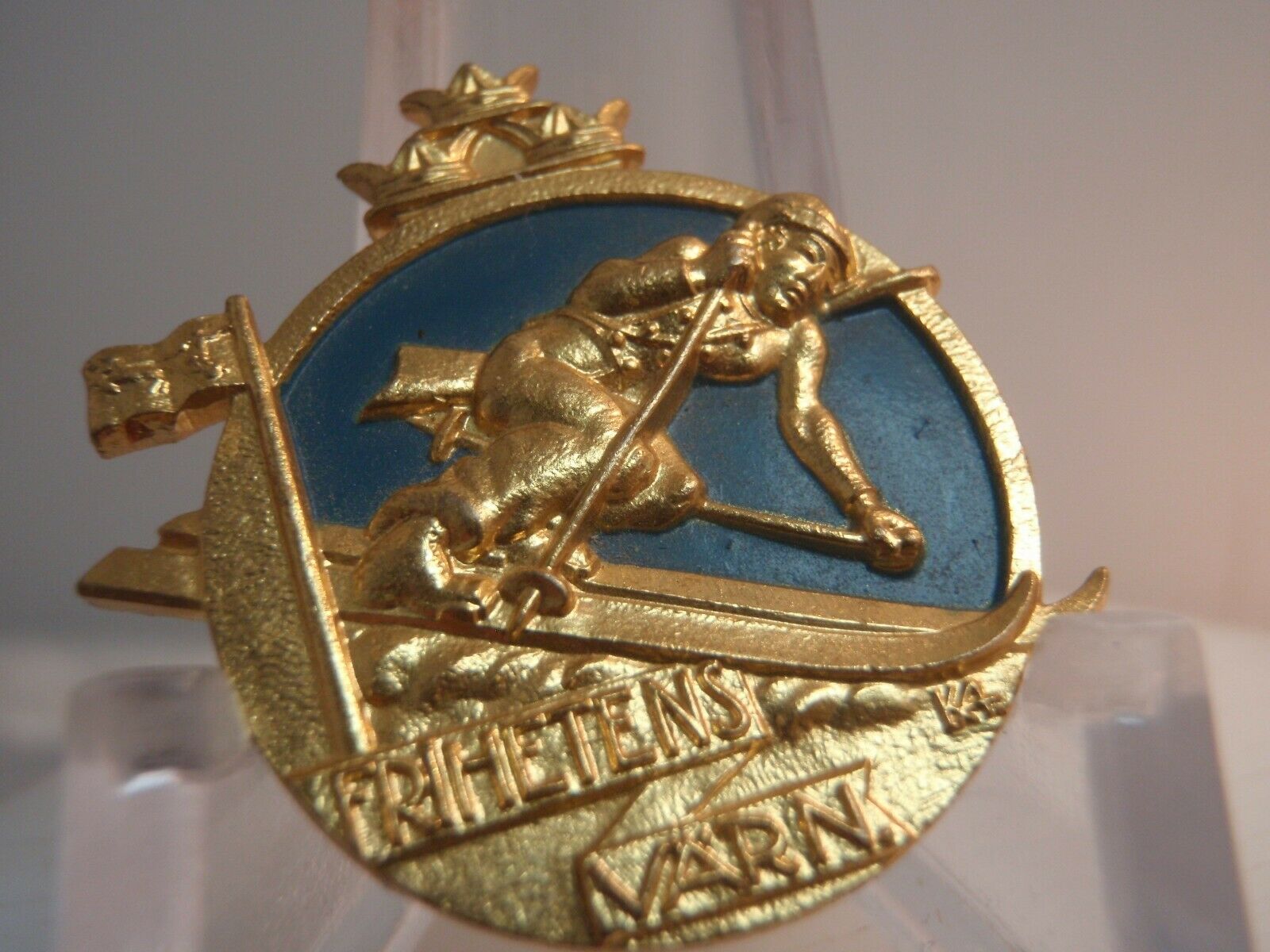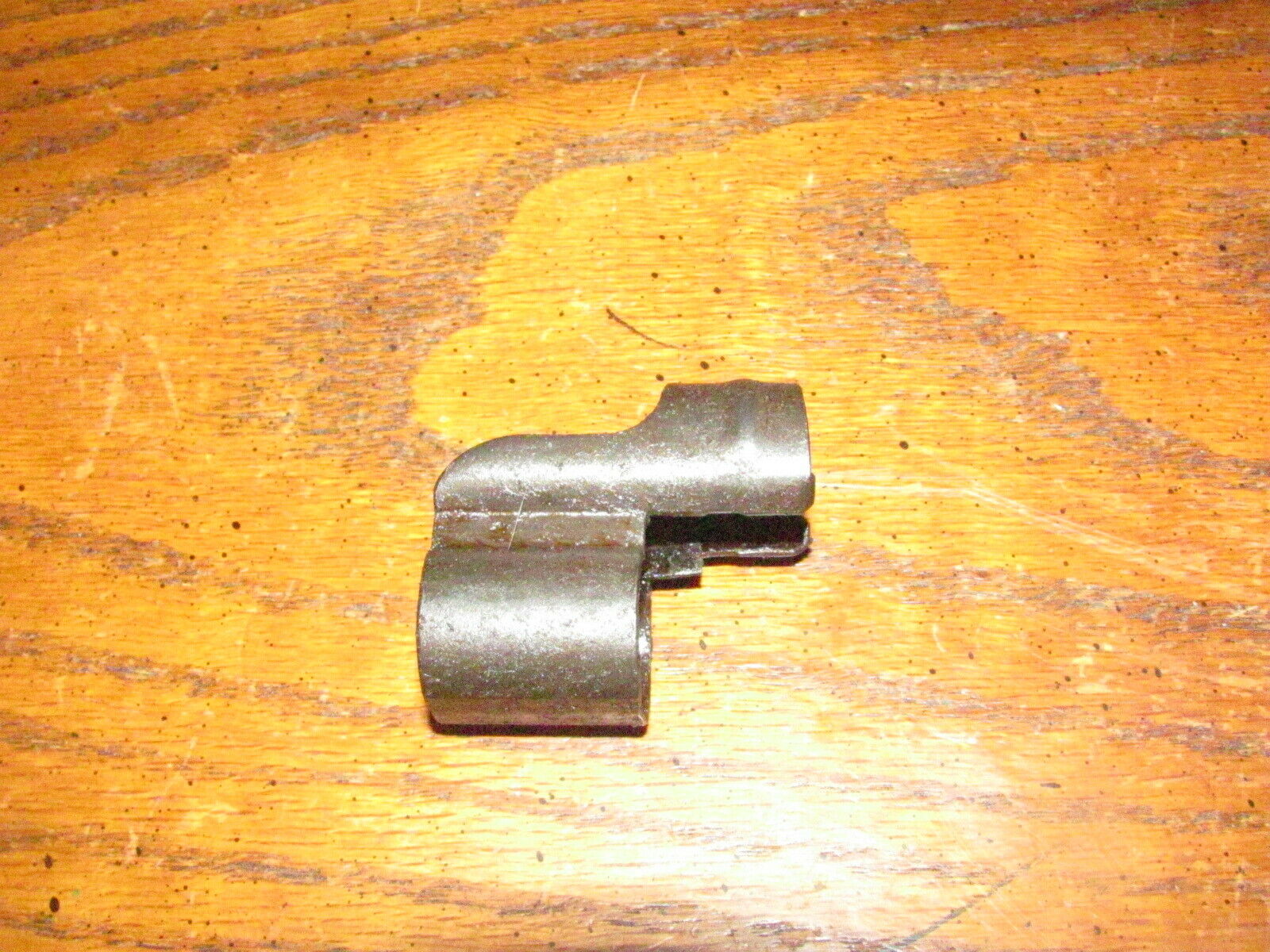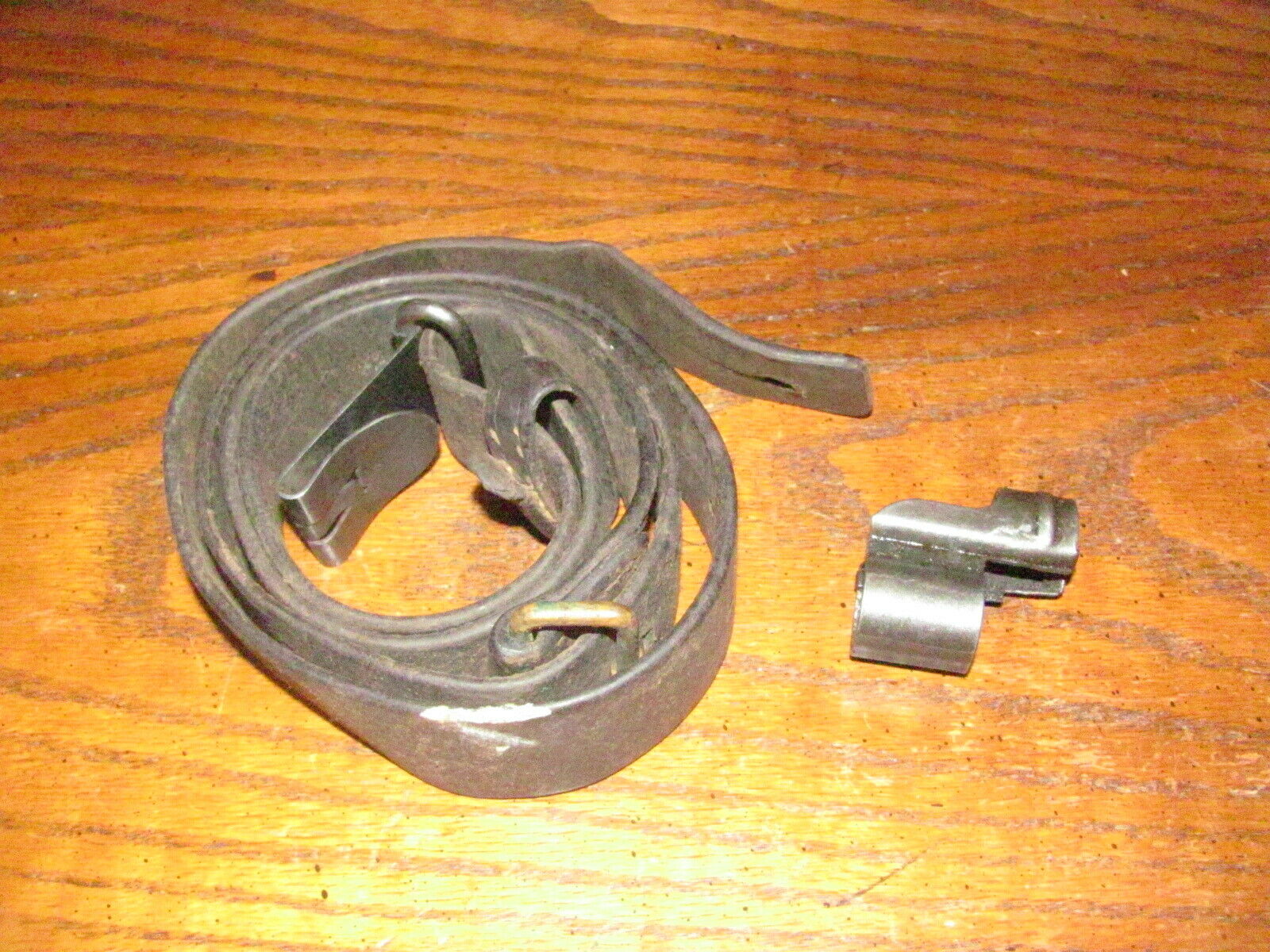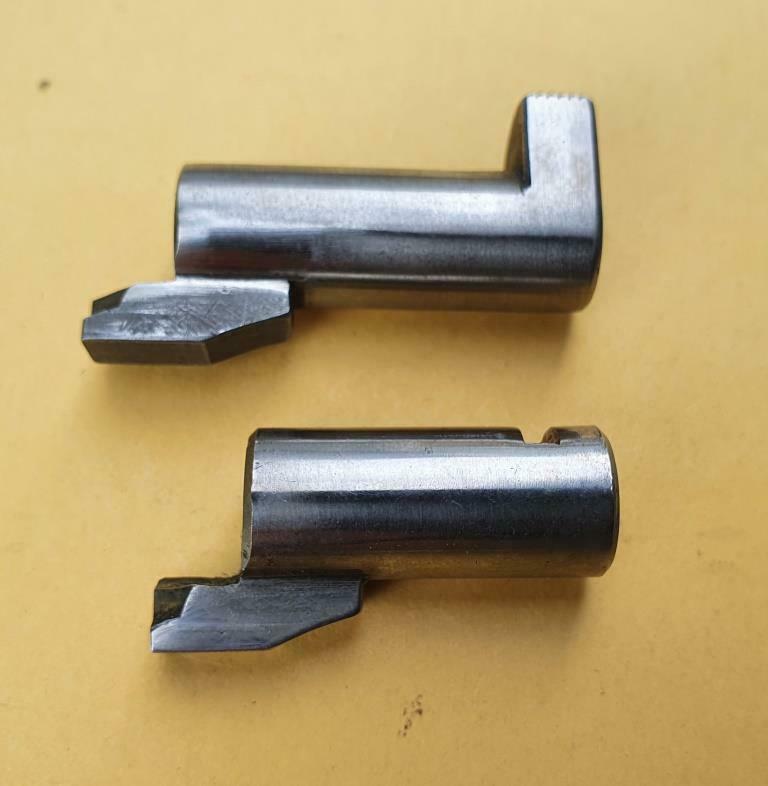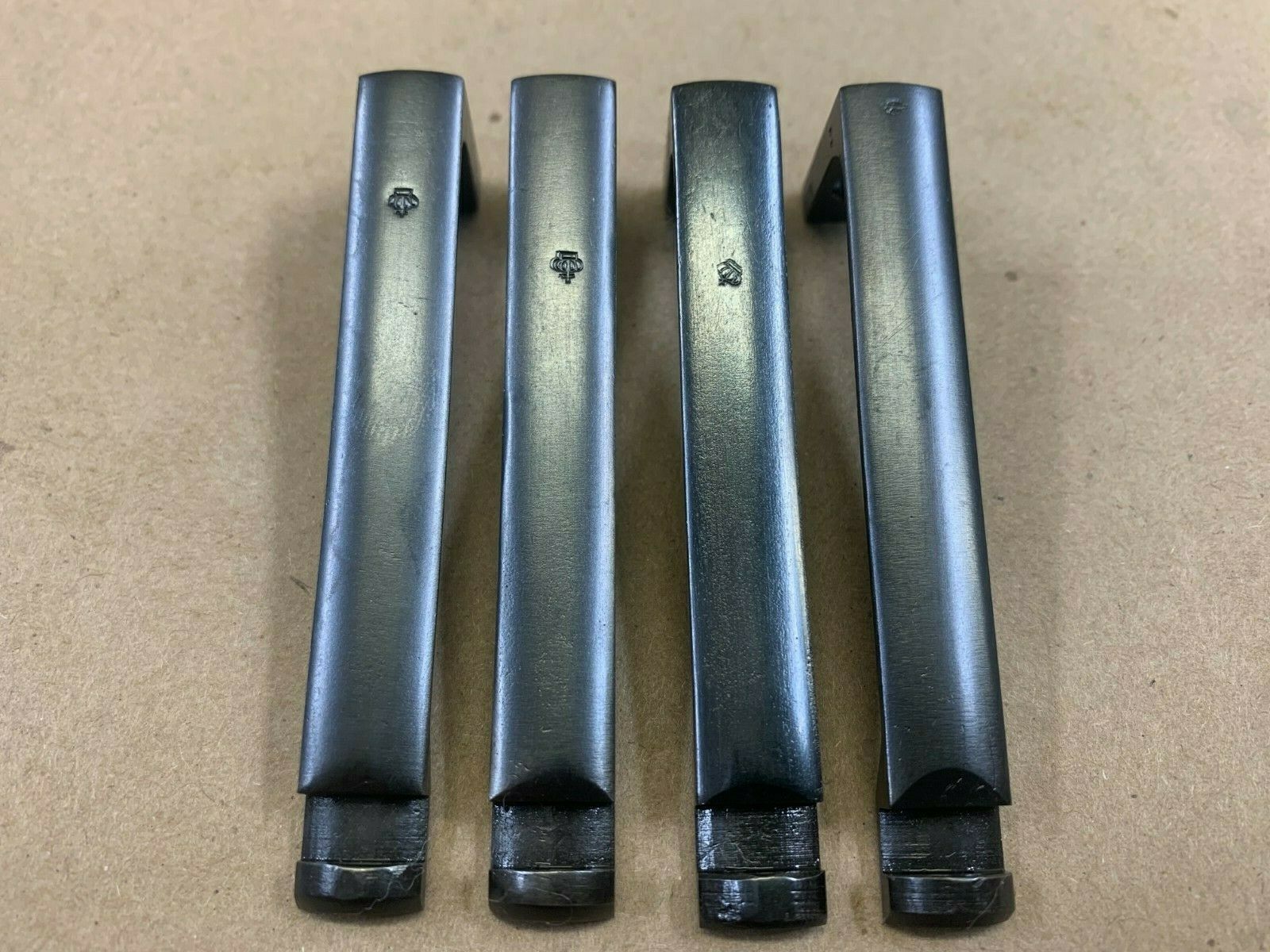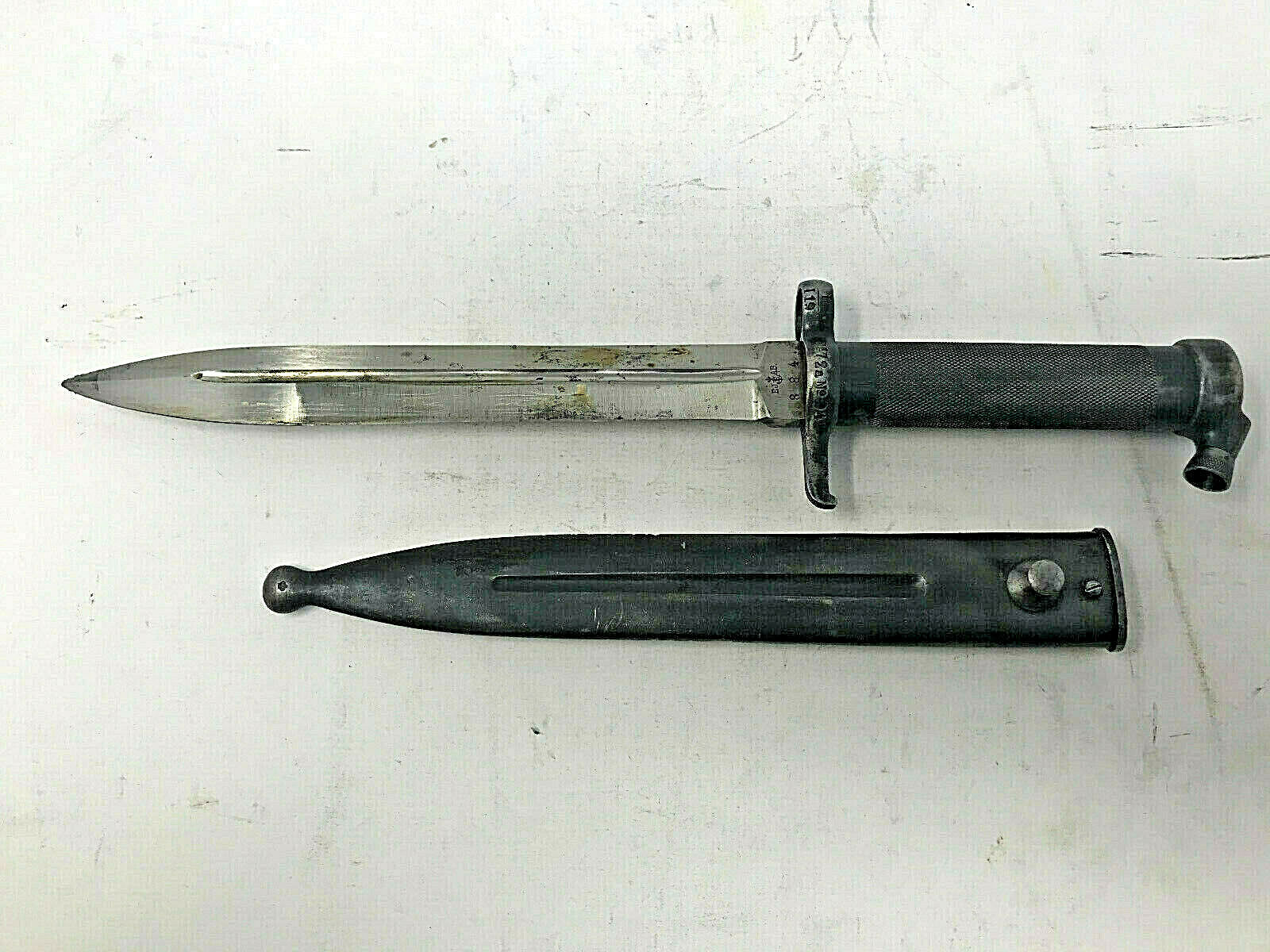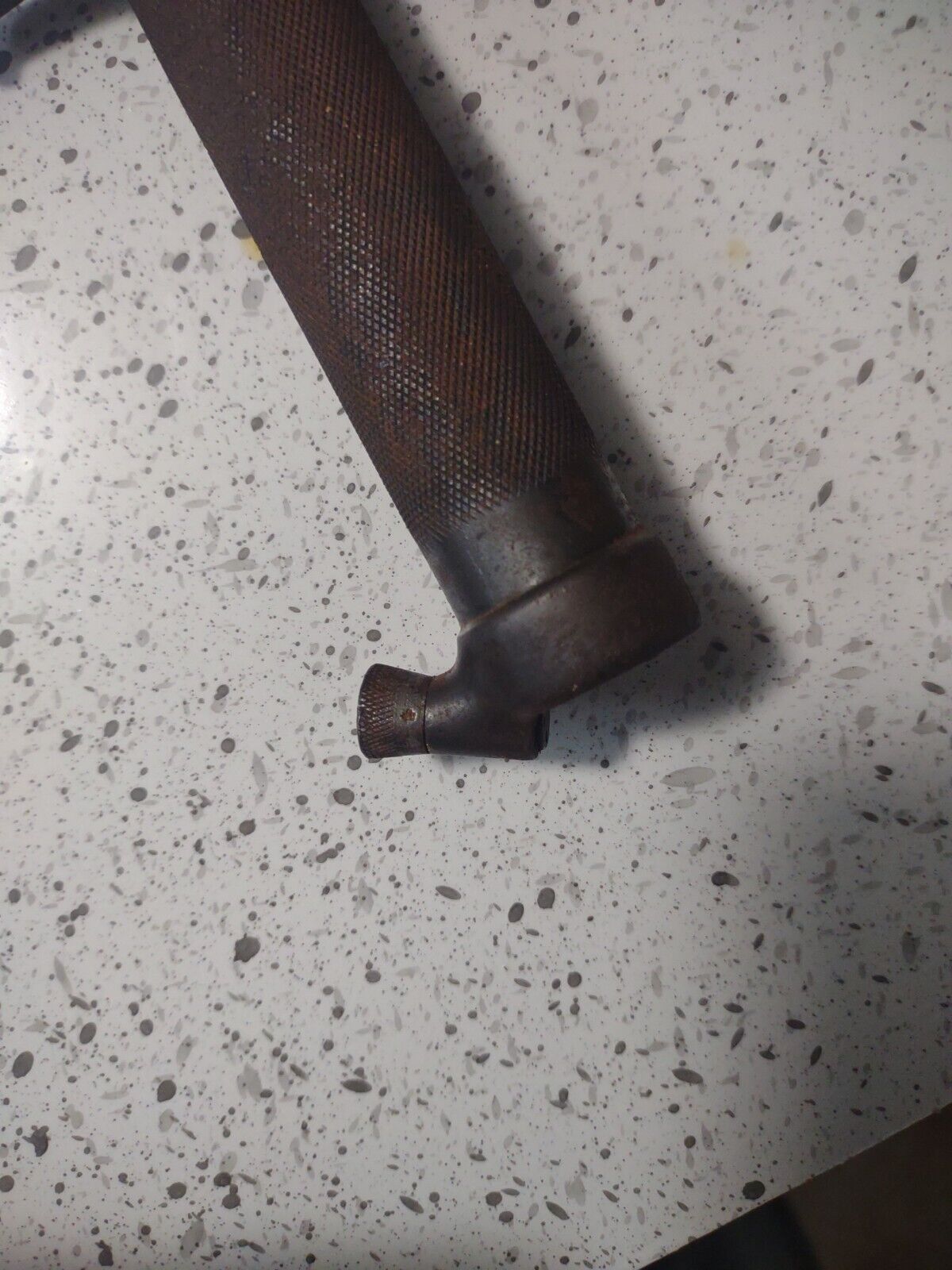-40%
Lotta Svärd Finland Women White Guard WW2 Anti-communism Winter War against URSS
$ 66
- Description
- Size Guide
Description
Conditions:
good, used
.
EN Notes:
couple of Lotta Svard badges, the female organization supporting the Finnish White Guard.
ITA
Note
: coppia di distintivi della Lotta Svard, l'organizzazione paramilitare femminile a supporto della Guardia Bianca finlandese ("
Suojeluskunta")
.
Molti dei membri di questa milizia, nata con la guerra civile contro la fazione bolscevica nel 1918, aderirono poi al Movimento di Lapua, vicino al pensiero fa$ci$ta.
Check out my other Finnish items! / Dai un'occhiata anche agli altri miei oggetti Finlandesi!
LOTTA SVARD (FINLAND)
Lotta Svärd (Finland Swedish: [ˈlotːɑ ˈsvæːrd]) was a Finnish voluntary auxiliary paramilitary organisation for women. Formed originally in 1918, it had a large membership undertaking volunteer social work in the 1920s and 1930s. It was formed to support the White Guard.[1] During the Second World War, it mobilized to replace men conscripted into the army. It served in hospitals, at air raid warning positions, and other auxiliary tasks in close cooperation with the army. The women were officially unarmed except for an antiaircraft battery in 1944.[2] Virtanen argues that, their "accountability to the nation took a masculine and military form in public, but had a private, feminine side to it including features like caring, helping and loving."[3] The organisation was suppressed by the government after the war.
Name
The name comes from a poem by Johan Ludvig Runeberg. Part of a large and famous book, The Tales of Ensign Stål, the poem described a fictional woman named Lotta Svärd. According to the poem, a Finnish soldier, private Svärd - Swedish: svärd means a sword - went to fight in the Finnish War and took his wife, Lotta, along with him. Private Svärd was killed in battle, but his wife remained on the battlefield, taking care of wounded soldiers. The name was first brought up by Marshal Mannerheim in a speech given on 16 May 1918.
History
During the Finnish Civil War it was associated with the White Guard. After the war Lotta Svärd was founded as a separate organisation on 9 September 1920. The first known organisation to use the name Lotta Svärd was the Lotta Svärd of Riihimäki, founded on 11 November 1918.
The organisation expanded during the 1920s and it included 60,000 members in 1930. By 1944 it included 242,000 volunteers, the largest voluntary auxiliary organisation in the world, while the total population of Finland was less than four million.[4][5]
During the 1920s and 1930s only Christian Finnish citizens were eligible to join, and two references from persons considered reliable were required. The latter requirement was often ignored after the break of Winter War in 1939. Foreigners could be accepted by special permission. However, in 1940 the first Muslim and Jewish members were accepted, and the first non-denominational member in 1941.
World War II
During the Winter War some 100,000 men whose jobs were taken over by "Lottas" were freed for military service. The Lottas worked in hospitals, at air-raid warning posts and other auxiliary tasks in conjunction with the armed forces. The Lottas, however, were officially unarmed. The only exception was a voluntary anti-aircraft battery in Helsinki in the summer of 1944, composed of Lotta Svärd members. The battery operated the AA search-lights. The unit was issued rifles for self-protection, thus being the only armed female military unit of the Finnish Defence Forces history.[6]
The dire need for labor led to fast recruitment and there was often no time to properly train the new Lottas according to the principles of the organization. In addition, most new recruits were young and inexperienced. This caused some friction between the veterans and the new recruits.
Lotta Svärd suffered relatively light losses, considering the number of women posted to a war zone and the length of the war. During the wars, 291 Lottas died, most of which (140) from diseases caught on duty. 66 were killed near the front, 47 in air raids and 34 in accidents. The fallen Lottas were buried in war heroes' graves in their home parishes.
Post-World War II
When the Continuation War ended, the Soviet Union demanded that all organisations it considered paramilitary, fascist or semi-fascist be banned. Lotta Svärd was one of the groups which was disbanded, on 23 November 1944. However, a new organisation called Suomen Naisten Huoltosäätiö (Support Foundation of Finnish Women) was started which took over much of the old property. This organisation still exists by the name of Lotta Svärd Säätiö (Lotta Svärd Foundation).
Since 4 January 1995 women between the ages of 18 and 29 have had the right to apply for voluntary military service in the Finnish Defence Forces and are free to apply into any form of service, which is granted provided they fulfill the minimum fitness and health requirements.
The Finnish Lotta Svärd organisation has inspired similar organisations in other countries and there is still a Lotta Svärd organisation in Sweden (Lottorna); the same model is also used in Denmark and Norway.
WHITE GUARDA (FINLAND)
The White Guard or Civil Guard (Finnish: Suojeluskunta, Swedish: Skyddskår, lit. protection corps)[1] was a voluntary militia that emerged victorious over the socialist Red Guards as a part of the Whites in the Finnish Civil War of 1918. They were generally known as the White Guard in the West due to their opposition to the communist Red Guards. In the White Army of Finland many participants were recruits, draftees and German-trained Jägers and not part of the paramilitary. The central organization was named the White Guard Organization, and the organization consisted of local chapters in municipalities.
The Russian revolution of 1905 led to social and political unrest and a breakdown of security in Finland, which was then a Grand Duchy under the sovereignty of the Russian Czar. Citizen militias were formed as a response, but soon these would be transformed along political (left-right) lines. The Russian Revolution of 1917 and the subsequent independence of Finland also caused conflicts in the country. On January 27, 1918, the Finnish government ordered the disarmament of all remaining Russian garrisons with the forces of the White Guard, and on the same day the Reds proclaimed revolution, leading to a bloody civil war. White Guards, led by Gen. C.G.E. Mannerheim, constituted the bulk of the victorious White Army during the Finnish Civil War (1918).
After the war the Finnish Defence Forces and a regular police service were founded. From 1919–1934 White Guards were considered a voluntary part of the army, and separate Guard formations were in the reserve, but in 1934 all defence was consolidated into the regular army and the Guard became a voluntary defence training organization only. Politically it was neutral, although unofficially it was anti-leftist, clearly anti-Communist and conservative and largely rejected by the labor movement and the political left. However, units of it formed the main forces of the Lapua Movement's abortive coup d'état, the Mäntsälä Rebellion in 1932. White Guardsmen served in the regular army during the Second World War. The White Guard was disbanded according to the terms of the Finno-Soviet peace treaty after the Second World War.
Similar militias existed in Estonia, Latvia and Lithuania, lands that, like Finland, were under Russian sovereignty until the end of World War I. These militias remained in existence until World War II, evolving somewhat into home guard militias. The phenomenon should be distinguished from the Freikorps established in Germany after its defeat in World War I, although some similarities exist.
...
The White Guards after the Civil War
After the Civil War the function of the White Guards was unclear. In some municipalities the local White Guard was understood to be a part of the municipal administration. In others, the organisation was considered to have a primarily political role in safeguarding the result of the war. The organisation was given a legal basis on August 2, 1918 by a decree of the Finnish Council of State. Changes to the decree were made later, refining the organisation's structure. From the beginning, the White Guard was considered to be a voluntary part of the Finnish military.
The local White Guards' function in the following 20 years—up to the Winter War—was a mixture of Veteran Corps and Home Guards. After 1921 the White Guard organisation consisted of the General Staff, White Guard districts and local White Guard chapters. Every municipality had at least a single chapter, which in part acted as an NGO (non-governmental organization) but in military affairs was part of the national chain of command. In an economical sense, each chapter was responsible for its own funding, although it received a minor grant from the state budget.[3] The White Guard was active in numerous areas of Finnish life. It organised sports activities, especially cross-country skiing, shooting, orienteering and Finnish baseball.[4] For fundraising, the chapters organised numerous informal events and lotteries. It is estimated that about one-fifth of all get-togethers in Finland were organised by the White Guard. To this end, the White Guard chapters had several hundred choirs, orchestras and theatre groups.
The Chief of the White Guard and the district chiefs were selected by the President of Finland. From 1921 until the organisation's demise, this post was occupied by Gen. Lauri Malmberg. Usually, the district chiefs and most officers in the district headquarters were from the regular army.
Only able-bodied males between 17 and 40 years of age could be full members of the White Guard. Every member was required to attend a specified amount of training on pain of losing membership. The members were required to buy their own equipment and rifle, but the local chapters helped their members if the chapters had funds for it. Until 1934 the White Guard would have formed a division in the full-scale mobilisation.
In 1934 the Finnish mobilisation system was changed. The new system was based on military districts acting as the local mobilization centers. In practice, the military districts coincided with the White Guard districts. In case of mobilisation these two would be unified to act as a single home front district. After the change, the White Guard members formed the cadre of all wartime units, but no specific guard units were planned for mobilisation. On the other hand, the separate wartime White Guard units were removed from the mobilisation plans. The aim of the White Guard was no longer to provide ready fighting units but to act as a voluntary training organisation for reservists. Only the Guard chapters immediately adjacent to the eastern border had responsibility for starting the initial defence against invasion. This effectively ended the role of the White Guard as a separate, political armed force.
During the war the Guard membership mostly served at the front. In the home area the Guard districts formed the local headquarters for the military districts and the oldest and youngest Guard members served in guard and anti-aircraft duties. There were some small anti-desant actions on the home front, e.g. in Hollola in 1941. After the Continuation War, the Finnish White Guards were disbanded in 1944, as demanded by the Soviet Union. However, the military district system as the basis for mobilisation was retained, now fully as an army structure. In the Winter War the White Guard was responsible for the carrying out of the mobilisation. A quarter of the manpower of the field army consisted of Guard members. This contribution proved important, as Guard members were the best trained and equipped personnel in an army which lacked even basic supplies.
GUARDIA BIANCA (FINLANDIA)
La Guardia Bianca era una milizia finlandese che a partire dal 15 gennaio 1918 ha contrastato il governo bolscevico e la Guardia Rossa sfociando nella guerra civile finlandese in alleanza con la Germania nell'ambito della più vasta guerra civile russa. La Guardia Bianca uscì alla fine vittoriosa il 16 maggio dello stesso anno e la Finlandia divenne uno Stato indipendente. Successivamente, il 14 ottobre 1930, ex appartenenti alla Guardia Bianca hanno partecipato ad un fallito tentativo di colpo di Stato assieme al Movimento di Lapua, chiamato ribellione di Mäntsälä.
Movimento di Lapua
Il Movimento Lappista (Lapuan liike in finlandese, Lapporörelsen in svedese) è stato un movimento politico finlandese, creato nel 1929 nel comune di Lapua, inizialmente dominato dal nazionalismo anti-comunista derivato dall'esperienza delle Guardie Bianche. Molto rapidamente divenne un movimento di tendenza fa$ci$ta corporativo. Il 14 ottobre 1930 tentò un colpo di Stato (ribellione di Mäntsälä). Fu bandito nel 1932, ma i suoi membri continuarono la loro attività nell'Isänmaallinen kansanliike (in italiano "movimento patriottico popolare").
I capi del movimento di Lapua sono stati Vihtori Kosola e il generale Kurt Martti Wallenius.
OLTRE 3950 FEEDBACK 100% POSITIVI
AFFIDABILITA' TOP
I NOSTRI FEEDBACK SONO LA TUA GARANZIA
CIO’ VUOL DIRE CHE RISPETTIAMO TUTTE LE REGOLE DI EBAY PER UNA PERFETTA TRANSAZIONE






